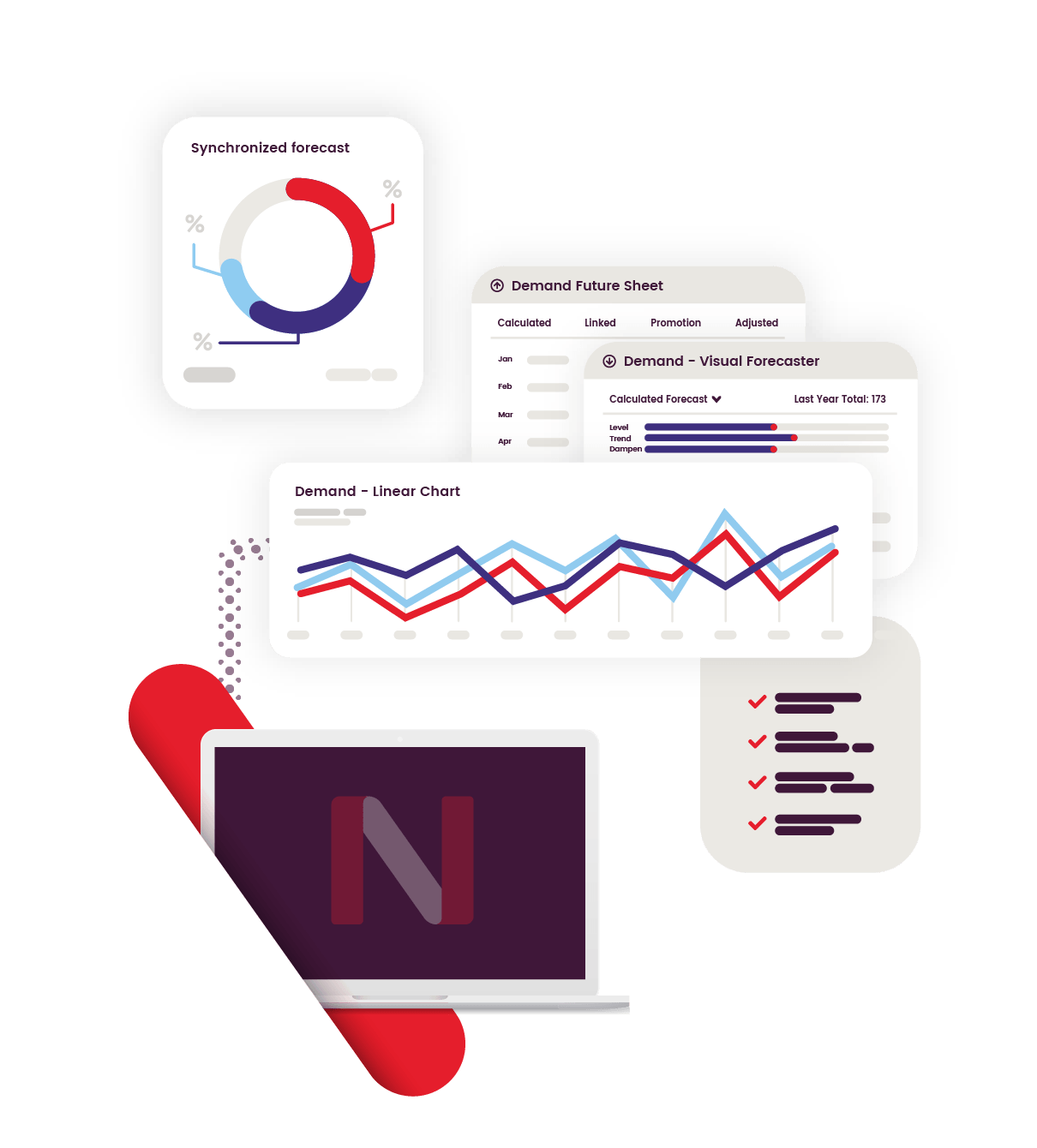PIVOT FORECASTING®

FREE RESOURCE
Whitepaper – Invest in collaborative planning to mitigate variability
In collaboration with Lora Cecere, founder and CEO of Supply Chain Insights, this whitepaper delves into ways to improve supply chain reliability with collaborative planning and predictive analytics.
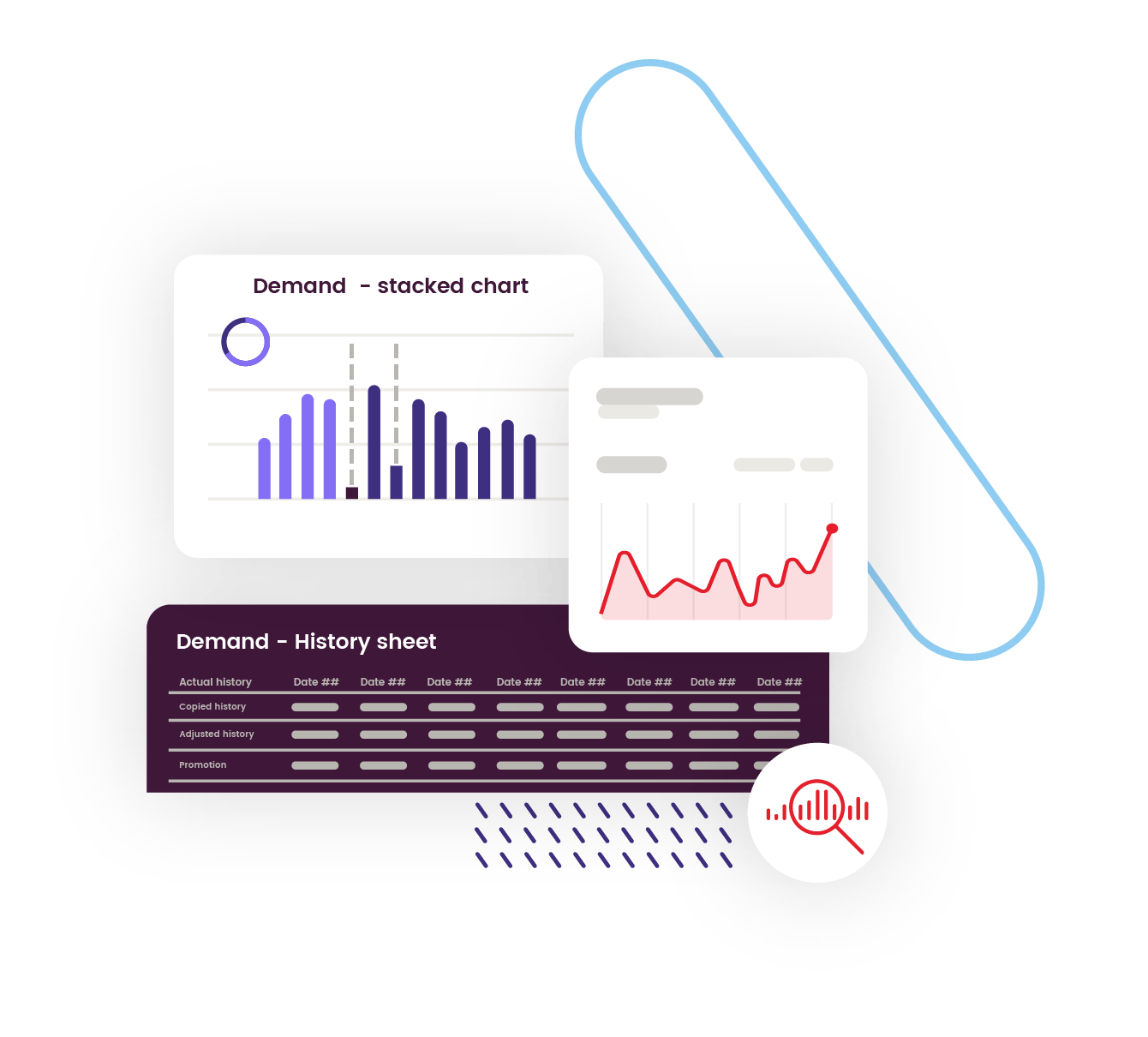
Integrate and accelerate planning
Pivot Forecasting gives you the ability to forecast bottom-up, top-down, and middle-out. Forecast by sub-SKU attributes, channel, customer, or region, and work in any unit of measure. Plan on multiple dimensions to generate product and channel-specific forecasts weekly or daily creating symmetry between forecasting and planning executives in your business.
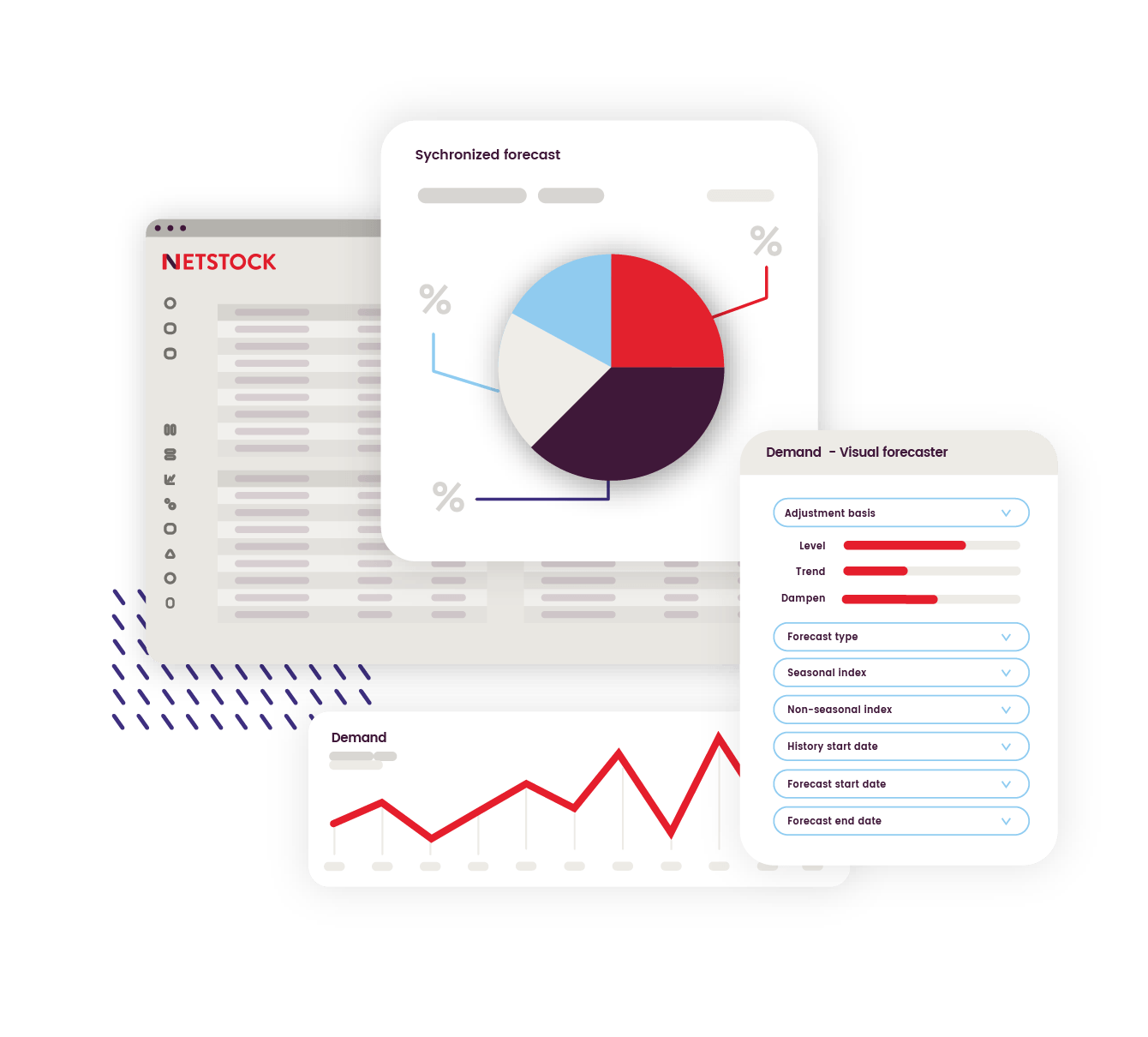
Outplan unpredictability
Inject predictability into your supply and demand planning process, and predict future outcomes of events and promotions, across products, customers, and categories.
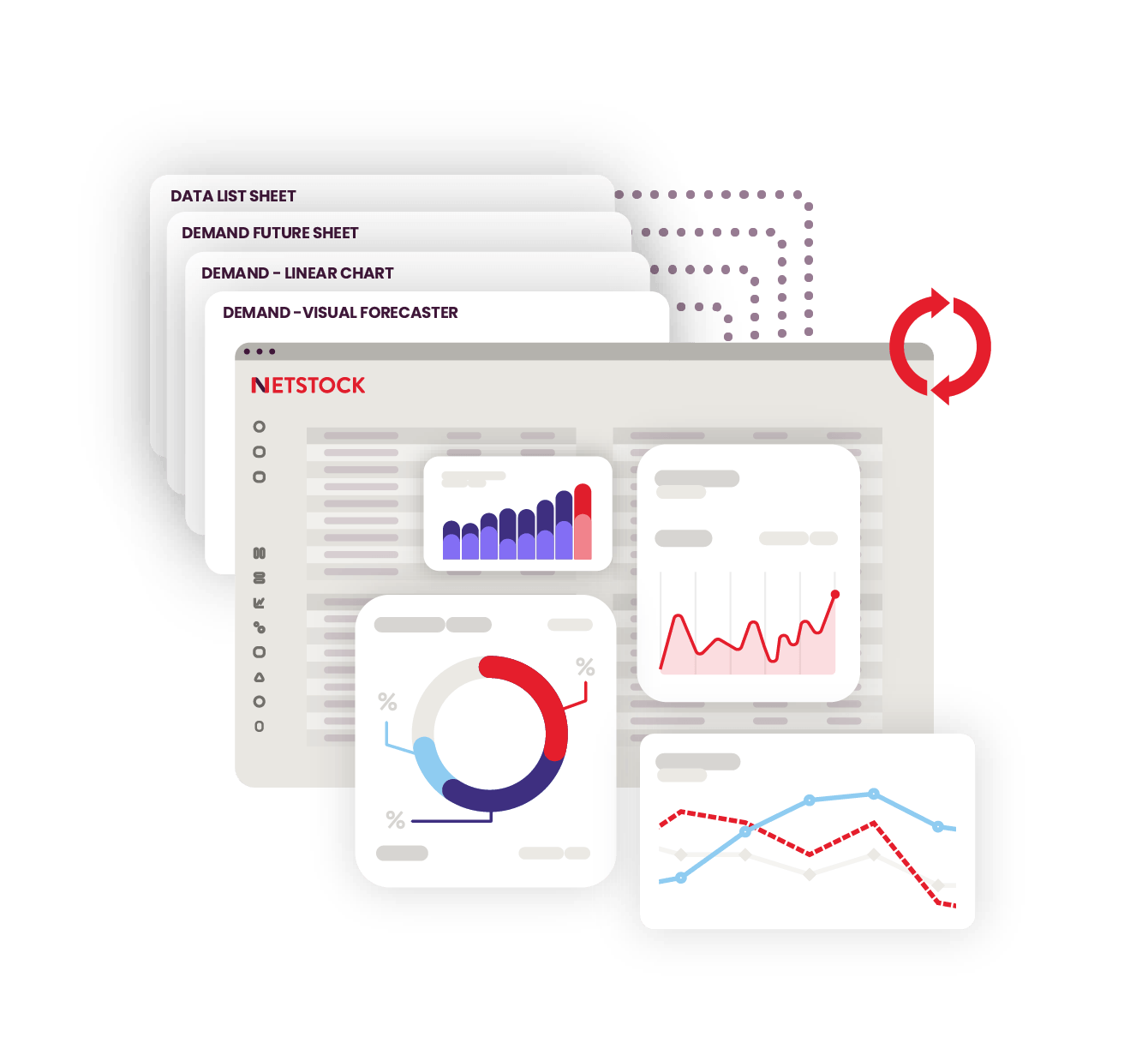
Enhance financial alignment
Work in any unit of measure and align your budgeting with financial forecasting. Dynamically jump between units and currencies, and change future prices and costs for different channels to predict outcomes.
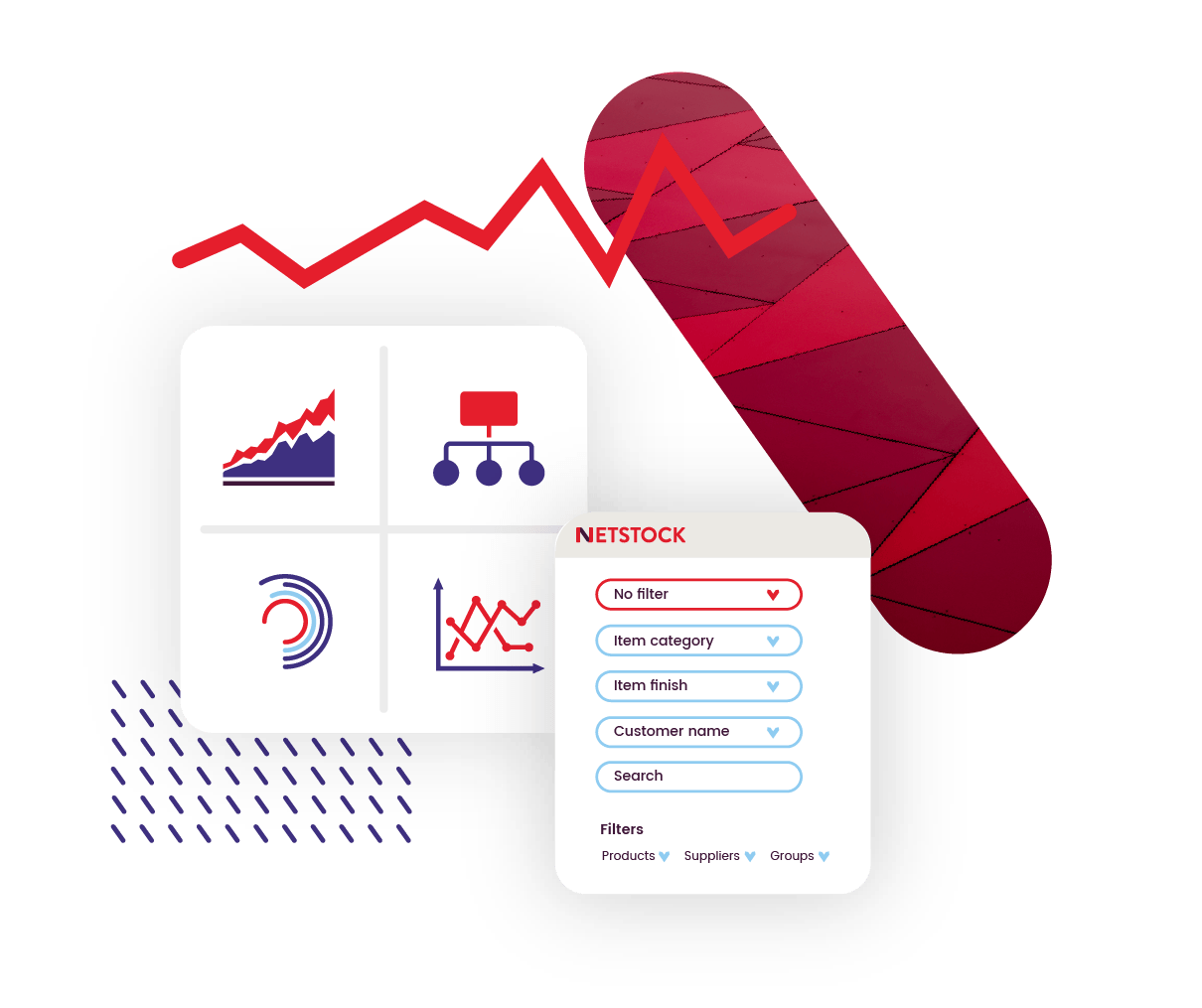
Fast time to benefit
Our intuitive Pivot Forecasting dashboards are pre-configured and easy to use. World class machine learning means no complicated calculations and out-of-the-box use.
Customers using Pivot Forecasting®




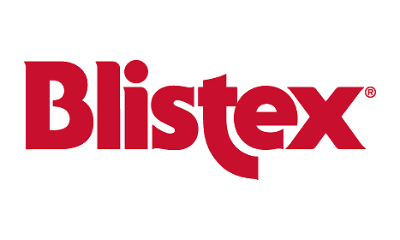





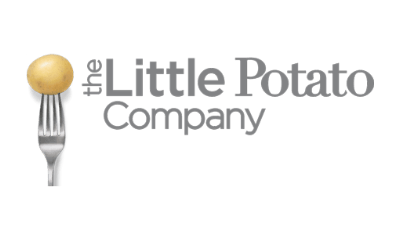
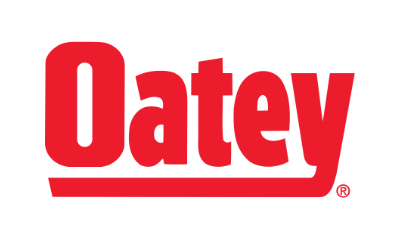


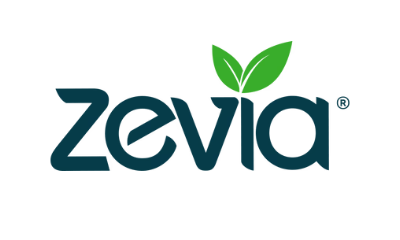
Netstock’s customers say it best
The Pivot Forecasting function in Netstock gives us the flexibility to forecast our products at many different levels, whether at the lowest item level, product, product group, customer group, or by grouping different products that may have similar sales trends. The forecast options are endless.
Edwards Garment
Netstock helped us to respond with precision to the growing importance of Amazon’s marketplace. We were able to make improvements in the way we planned for that channel in the first week. We were amazed at the flexibility and depth of the analysis that we were able to perform. We can easily select the customers that we want to forecast individually. Previously, these types of changes would have required IT prioritization and took much longer to complete. Now, we can add new key customers or channels in no time flat, experiment with alternative hierarchies and roll-ups, and formulate new insights, all without consuming valuable IT resources.
Shimano
See everything Netstock can do for you
Enhance inventory visibility
See all your inventory KPIs in a single dashboard and get prescriptive and prioritized recommendations on SKUs important to your growth. Model the impact of various inventory policy decisions and measure the outcome of each scenario.
Improve forecasting and Demand Planning
Enhanced with machine learning, generate improved forecasts that factor in trends, seasonality, promotions, and supply chain disruptions.
Accelerate inventory orders
Generate recommended orders to restock products across your network and create a balanced inventory holding. Create risk-optimized orders for each SKU and automatically send them to your ERP system with a single click.
Optimize manufacturing
Break down silos and create a central source of truth to drive confident, synchronized decision-making. Align operations and supply chain plans with sales, marketing, and financial strategies.
Measure supplier performance
Monitor and measure product-specific lead times and overdue orders. Leverage supplier performance metrics to negotiate terms that reduce lead times and mitigate supply risk.
Develop scenario models
Optimize production plans and view real time visibility. Work with multi-level bills of material, resources, and kits. Create multiple demand-supply scenarios to easily distribute important data to stakeholders.
Forecast demand predictably
Generate flexible predictions based on individual products, product groups, sales channels, and key customers, allowing for top-down, bottom-up, and middle-out forecasting methods.
Chat to a Netstock expert about Pivot Forecasting
